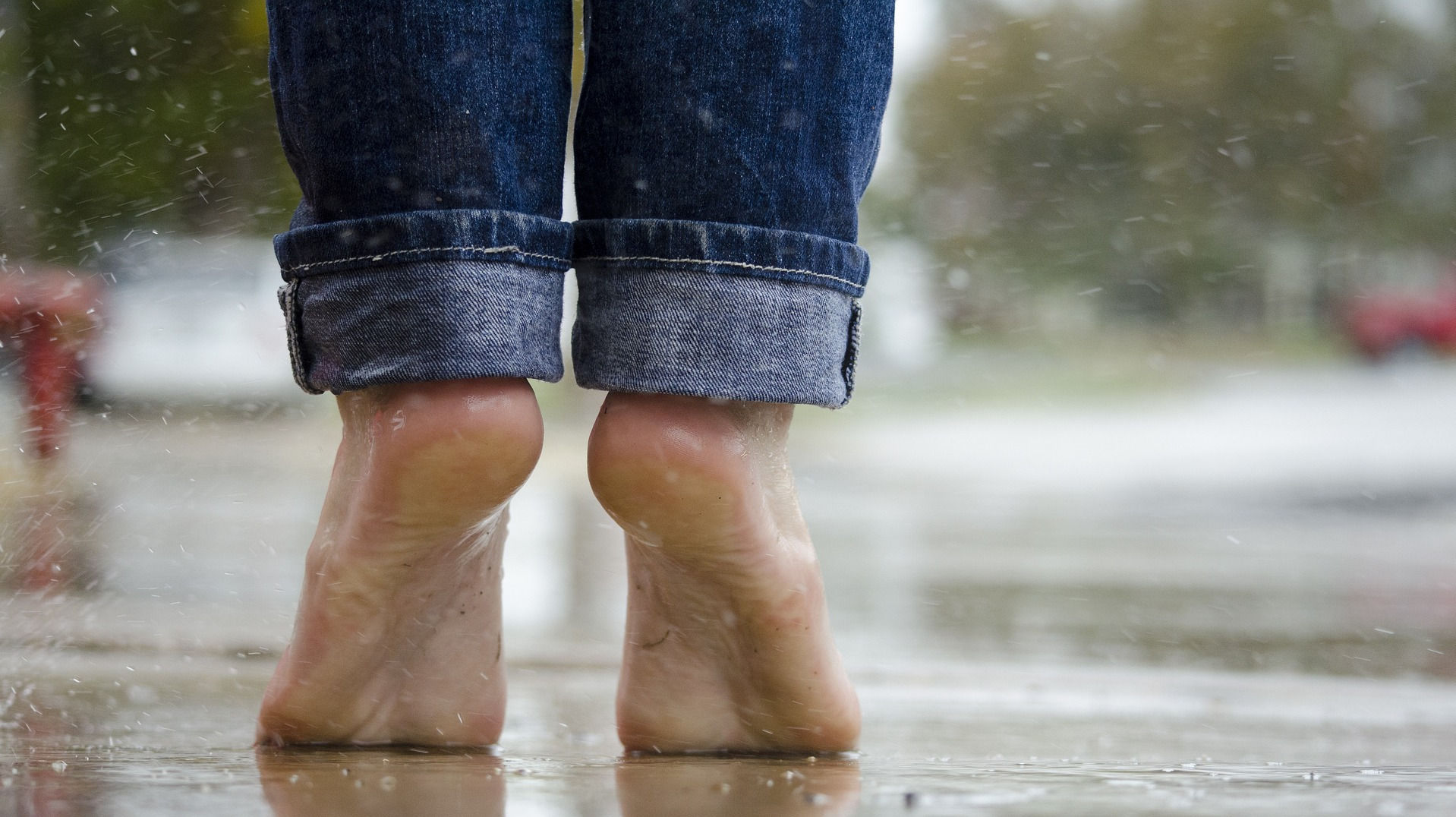Home Remedies to Remove Calluses
Calluses form as your body's natural defense to repeated pressure, friction, or irritation. When certain areas of skin are exposed to these forces over time, the outer layer thickens and hardens to protect the underlying tissue. While usually harmless, calluses can become painful or unsightly if not managed properly. Understanding what causes them can help prevent their return.
Main Causes of Calluses
Friction and Pressure
- Shoes that are too tight or loose can rub against the skin, especially on your toes, heels, or soles.
- Walking barefoot, particularly on rough surfaces, can thicken the skin for protection.
- Manual labor or repetitive hand use, such as carpentry, weightlifting, or gardening, often leads to hand calluses.
Foot Abnormalities
- Flat feet, high arches, or uneven gait can cause certain areas of the foot to bear more pressure.
- Bunions or hammertoes may press against shoes and cause rubbing.
Occupation and Hobbies
- Frequent tool use in jobs like mechanics, construction, and farming leads to hand calluses.
- Musicians, especially guitarists, often develop fingertip calluses from regular playing.
Poor Footwear Choices
- High heels, hard soles, or unsupportive shoes can increase localized pressure.
- Thin or worn-out socks may allow more friction between foot and shoe.
Aging and Skin Dryness
- Older adults tend to have drier, thinner skin, increasing the risk of hard patches.
Athletic Activity
- Runners, dancers, and athletes put repeated stress on the same areas of skin, encouraging thickening over time.
When to Avoid Home Treatment
- Diabetes or neuropathy: Small cuts or abrasions can lead to serious complications. Always consult your doctor.
- Open wounds or bleeding calluses: Avoid exfoliation and seek medical attention.
- Severe pain, swelling, or signs of infection: Redness, warmth, pus, or worsening discomfort should be evaluated by a healthcare professional.
When to See a Doctor
- If home remedies fail after several weeks of consistent care.
- If the callus is interfering with walking, gripping, or causing significant pain.
- If you suspect a corn, wart, or plantar wart rather than a simple callus.
Lifestyle Tips to Prevent Calluses
- Wear properly fitting, supportive shoes with cushioned soles and ample toe room.
- Use cushioned insoles or gel pads in high-friction shoes.
- Moisturize daily to keep skin soft and less prone to thickening.
- Use protective gloves when working with tools or lifting weights.
- Avoid walking barefoot on hard or abrasive surfaces.
First Aid Tip: If a callus becomes cracked or painful, apply an antibiotic ointment and a clean bandage until healed. Avoid further friction until the skin has fully recovered.
Home Remedies for Callus Removal
With consistent care, most calluses will soften and shrink within weeks. By understanding the cause and using the right tools and products, you can manage or prevent them without needing a medical visit.
Pumice Stone
Soak the area in warm water with optional Epsom salts for 10–15 minutes. Use a pumice stone or 500–600 grit sandpaper in circular motions to exfoliate thick skin. Rinse and dry, then apply a thick moisturizer or a few drops of essential oil. Wear socks or gloves to seal in moisture overnight. Avoid over-scrubbing, especially if you have diabetes or circulation issues.
Sugar Scrubs
Mix granulated sugar with mineral oil to form a paste. Add a few drops of essential oils, such as peppermint or sandalwood. Gently massage into callused skin after soaking. This exfoliates and hydrates simultaneously.
Exfoliating Creams (OTC)
Urea, salicylic acid, or ammonium lactate creams help chemically exfoliate thick skin. These are especially effective when used after mechanical exfoliation. Brands like Flexitol Heel Balm, Kerasal, or AmLactin are widely available and effective for callus treatment.
Moisturizing Socks and Gloves
After applying a thick lotion or balm, wear moisturizing socks or gloves overnight. This boosts absorption and softens the skin. Products infused with aloe or shea butter can enhance the effect.
Petroleum Jelly
Apply a thick layer of petroleum jelly on the callus, then cover with a bandage or cotton sock overnight. It deeply hydrates and softens skin, especially when used consistently.
Epsom Salt Soak
Add half a cup of Epsom salt to warm water and soak the affected area for 15–20 minutes. This softens the callus and prepares the skin for exfoliation. Follow with a pumice stone and moisturizer.
Moleskin Padding
If the callus is caused by shoe pressure, place moleskin padding inside your footwear to cushion the area. This reduces friction, allowing the skin to heal more effectively. It's beneficial for persistent foot calluses.
Foot Masks
Exfoliating foot masks with lactic acid or glycolic acid gently peel away layers of tough skin over several days. Follow instructions carefully and avoid use on cracked or bleeding skin.
Foot Files (Used With Care)
Metal foot files or callus shavers should be used with caution. They can quickly remove thick skin but may cause cuts or infections if misused. Not recommended for individuals with diabetes or sensitive skin.


